


2025 // PHOTOGRAPHER Alexandre Tabaste
Hôtel Minerva, Rome – Une renaissance orchestrée par Hugo Toro
Situé à quelques pas du Panthéon, dans le cœur historique de Rome, l’Hôtel Minerva entame un nouveau chapitre sous l’impulsion créative de Hugo Toro. L’architecte et designer signe ici une réinterprétation audacieuse d’un bâtiment emblématique du XVIIe siècle, mêlant avec délicatesse héritage, narration contemporaine et sens du détail.
À travers ce projet, Hugo Toro poursuit une démarche qui lui est chère : ancrer l’émotion dans l’espace. Inspiré par l’histoire foisonnante du lieu, il imagine une scénographie intérieure où les volumes dialoguent avec les siècles. Les murs portent encore les empreintes du passé, mais la lumière, les matières et les lignes racontent désormais une Rome réinventée. L’Hôtel Minerva devient un décor vivant, habité, presque théâtral, dans lequel chaque pièce invite à la contemplation.
L’esthétique développée par Hugo Toro puise autant dans la grandeur de l’Antiquité que dans l’imaginaire cinématographique. Il y insuffle une douceur très personnelle, avec des palettes chaudes, des textures patinées et un mobilier sur-mesure conçu comme des pièces de collection. Les fresques d’origine sont conservées ou réinterprétées, les sols en marbre s’harmonisent avec des étoffes précieuses, et l’on perçoit en filigrane une influence discrète mais assumée de l’univers de l’Orient Express — une élégance intemporelle, presque flottante, où chaque espace semble suspendu entre deux époques.
Plus qu’une rénovation, c’est une sublimation du lieu que propose Hugo Toro : il réveille les âmes endormies de l’hôtel tout en insufflant une vision résolument contemporaine de l’hospitalité. L’Hôtel Minerva devient ainsi un manifeste de son langage singulier — à la fois raffiné, narratif et profondément incarné.
Hotel Minerva, Rome – A Renaissance Orchestrated by Hugo Toro
Located just steps from the Pantheon in the historic heart of Rome, Hotel Minerva embarks on a new chapter under the creative direction of Hugo Toro. The architect and designer offers a bold reinterpretation of this emblematic 17th-century building, delicately blending heritage, contemporary storytelling, and a refined attention to detail.
In this project, Hugo Toro continues a guiding principle of his work: anchoring emotion within space. Inspired by the site’s rich history, he envisions an interior scenography where volumes converse with the centuries. The walls still carry traces of the past, but light, materials, and lines now tell the story of a reimagined Rome. Hotel Minerva becomes a living, inhabited, almost theatrical setting, where every room invites quiet contemplation.
Hugo Toro’s aesthetic draws as much from the grandeur of Antiquity as from a cinematic imagination. He infuses the space with a deeply personal softness—warm palettes, patinated textures, and bespoke furniture conceived as collectible pieces. Original frescoes are preserved or reinterpreted, marble floors harmonize with precious fabrics, and a subtle yet deliberate influence of the Orient Express world runs throughout—a timeless, almost weightless elegance, where each space seems suspended between eras.
More than a renovation, Hugo Toro offers a sublimation of the space: awakening the sleeping soul of the hotel while instilling a resolutely contemporary vision of hospitality. Hotel Minerva thus becomes a manifesto of his singular language—refined, narrative, and deeply embodied.
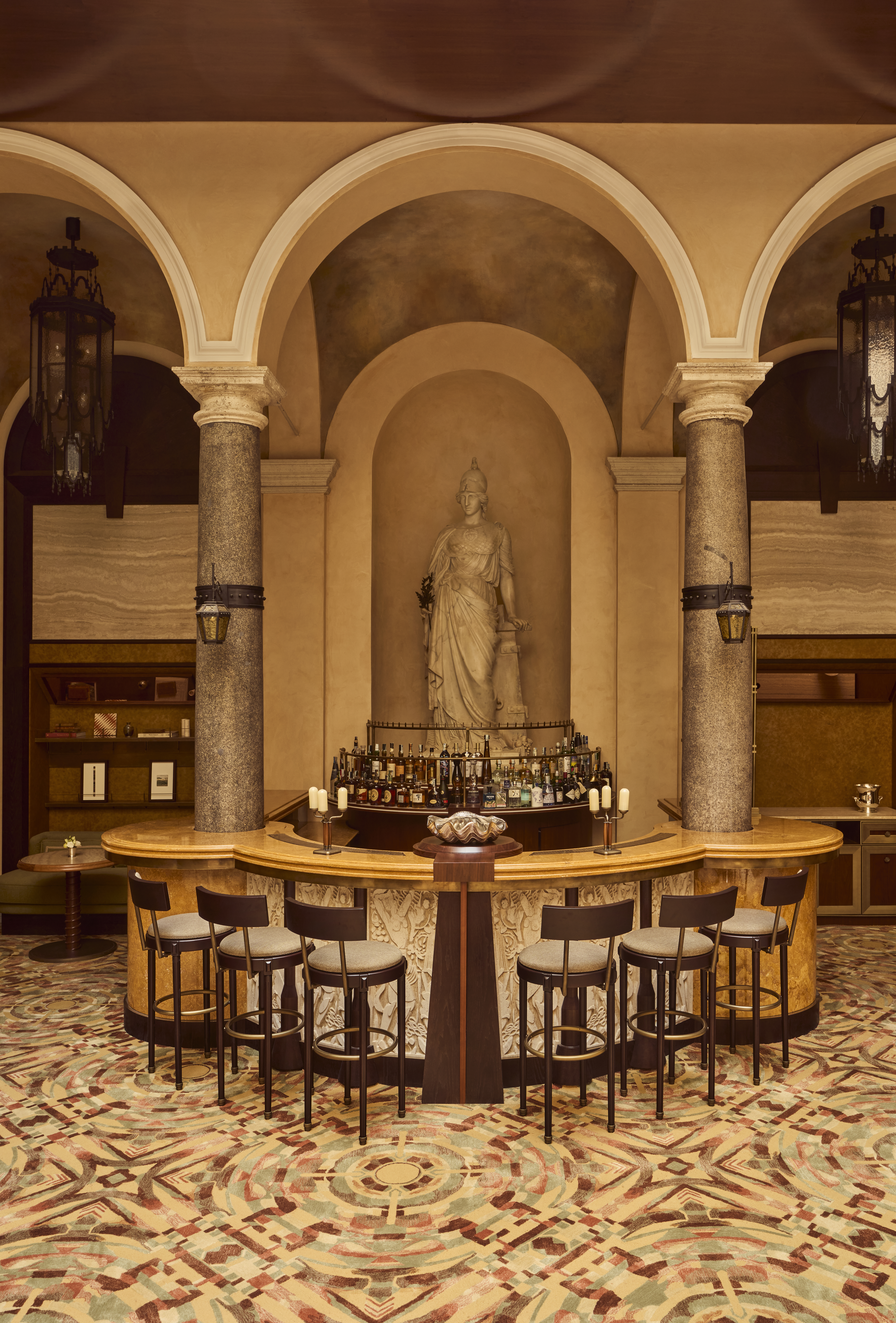
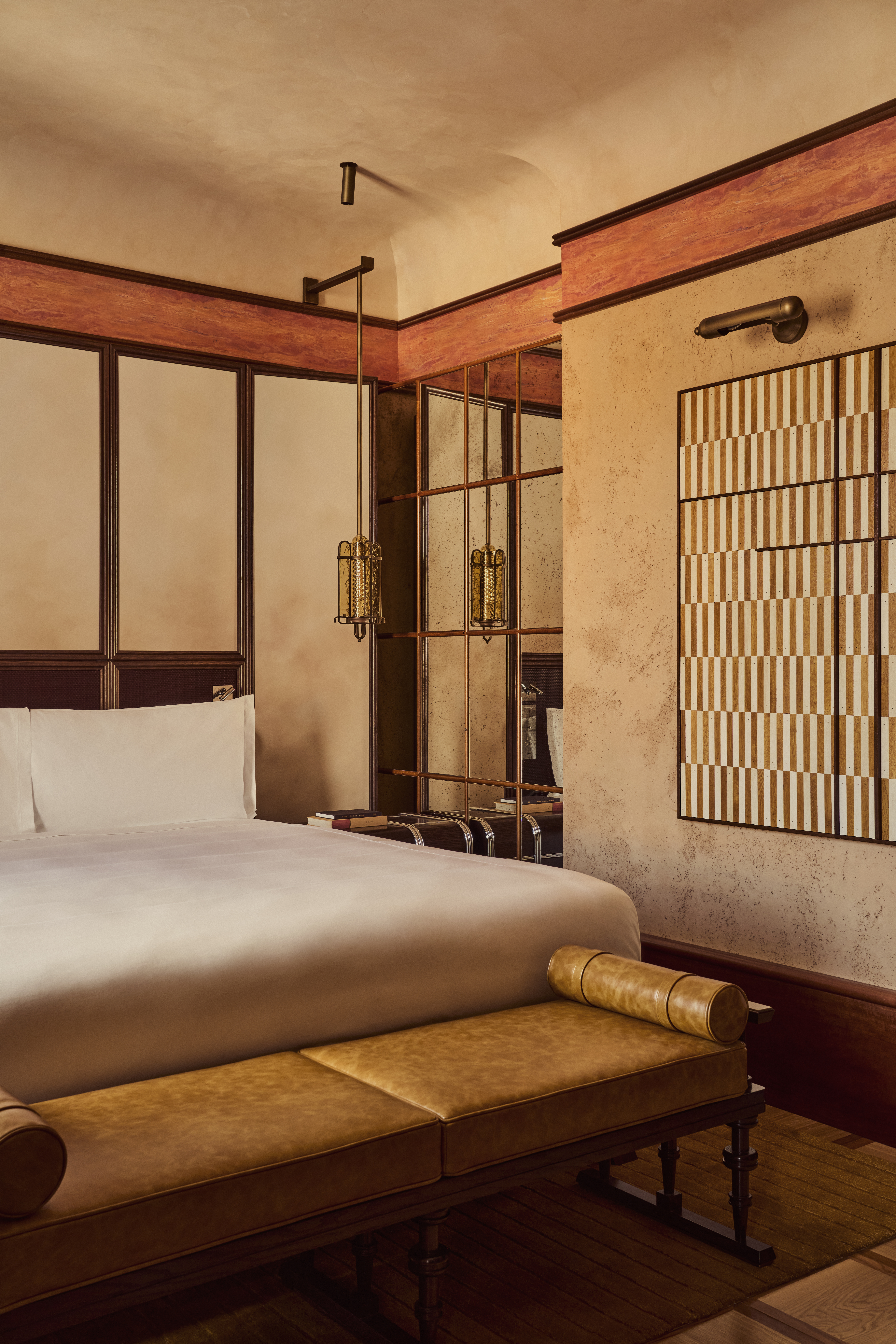
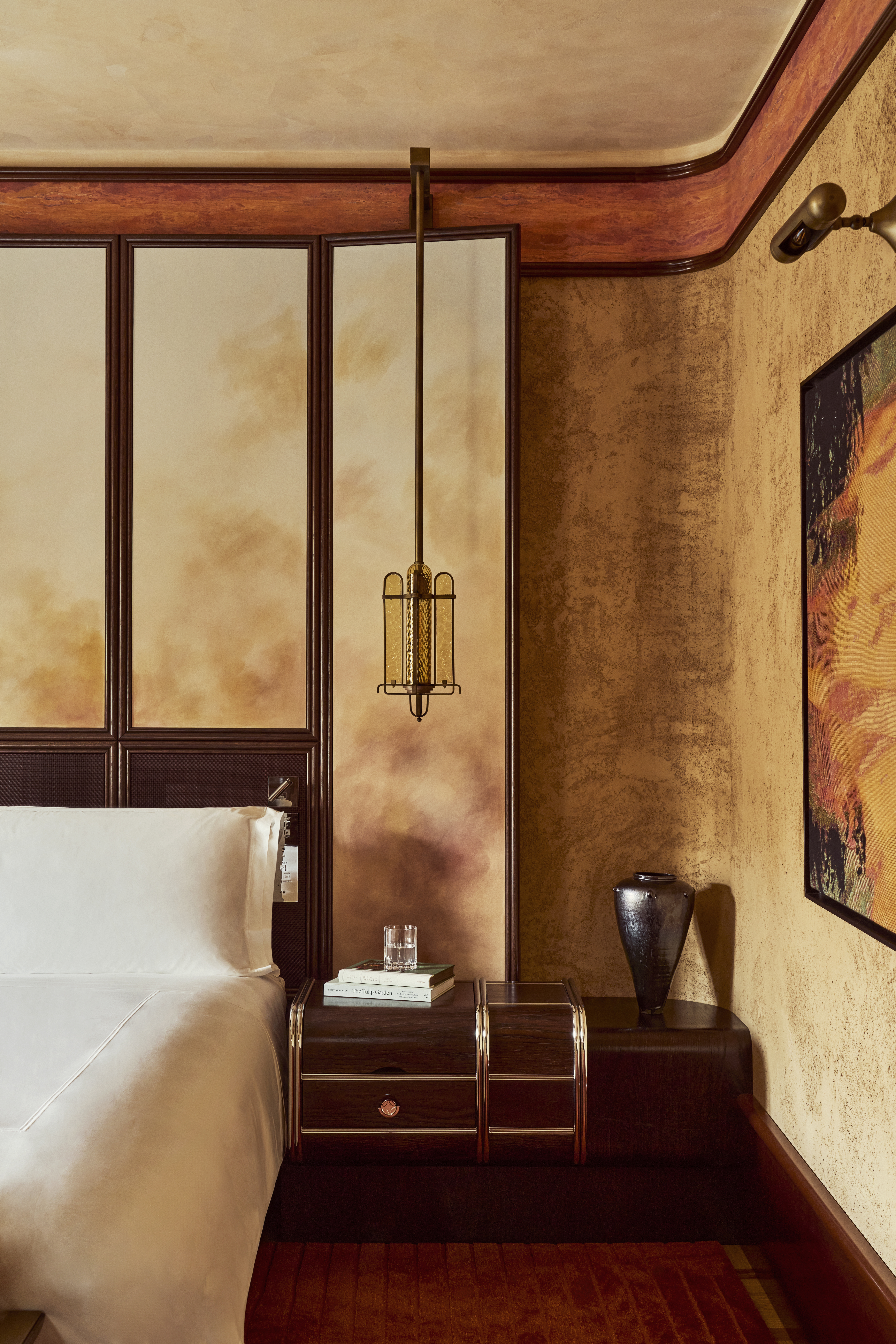
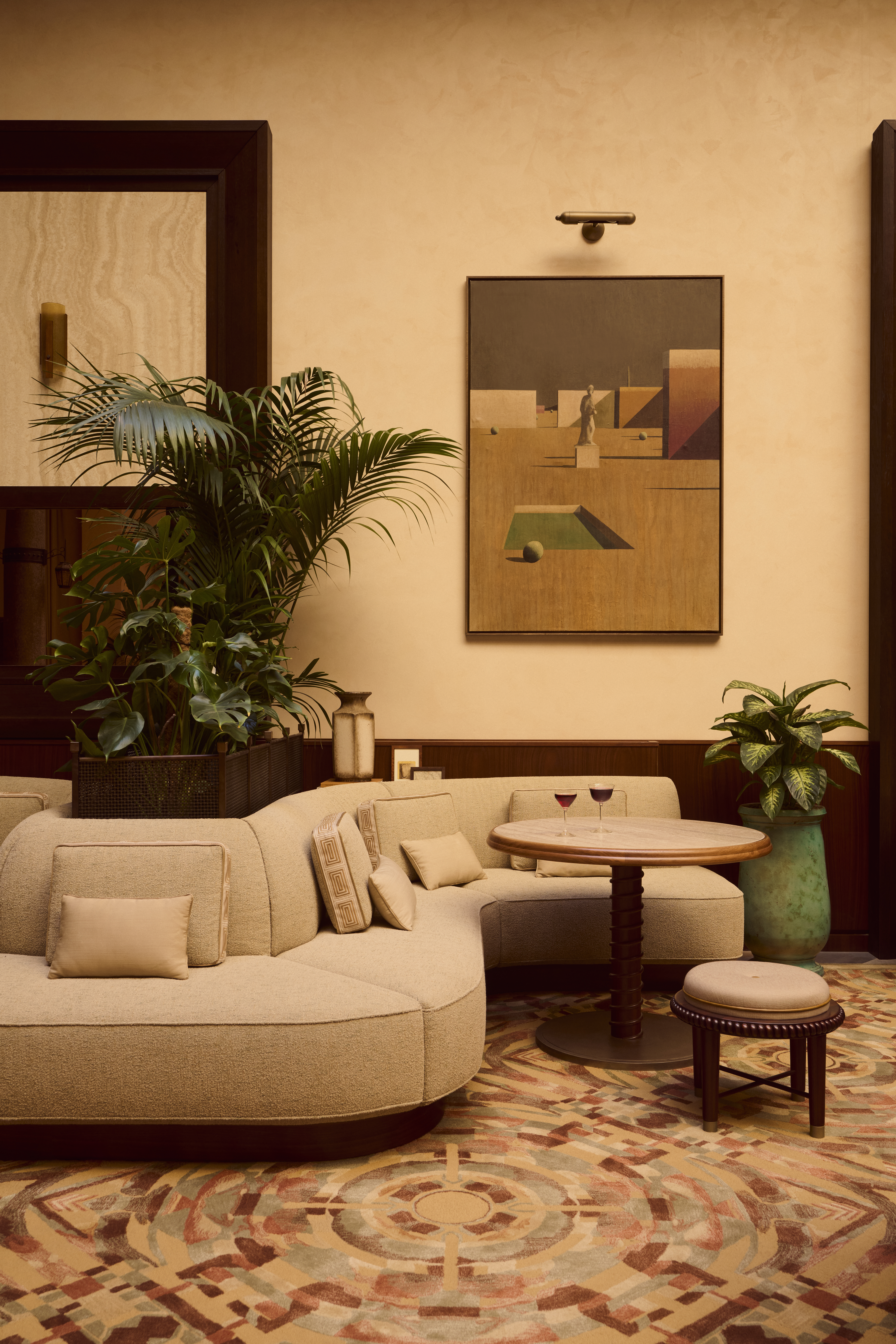
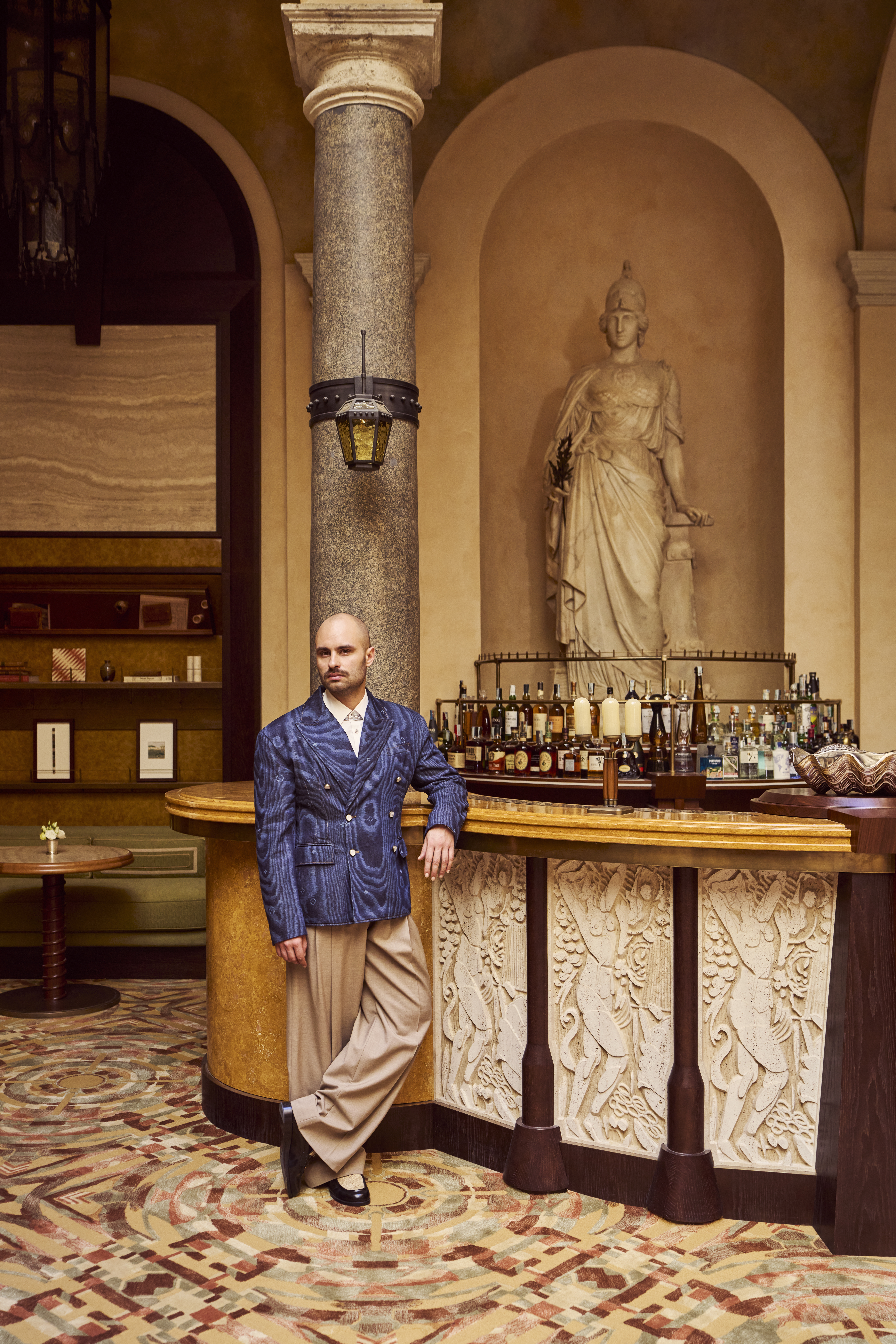
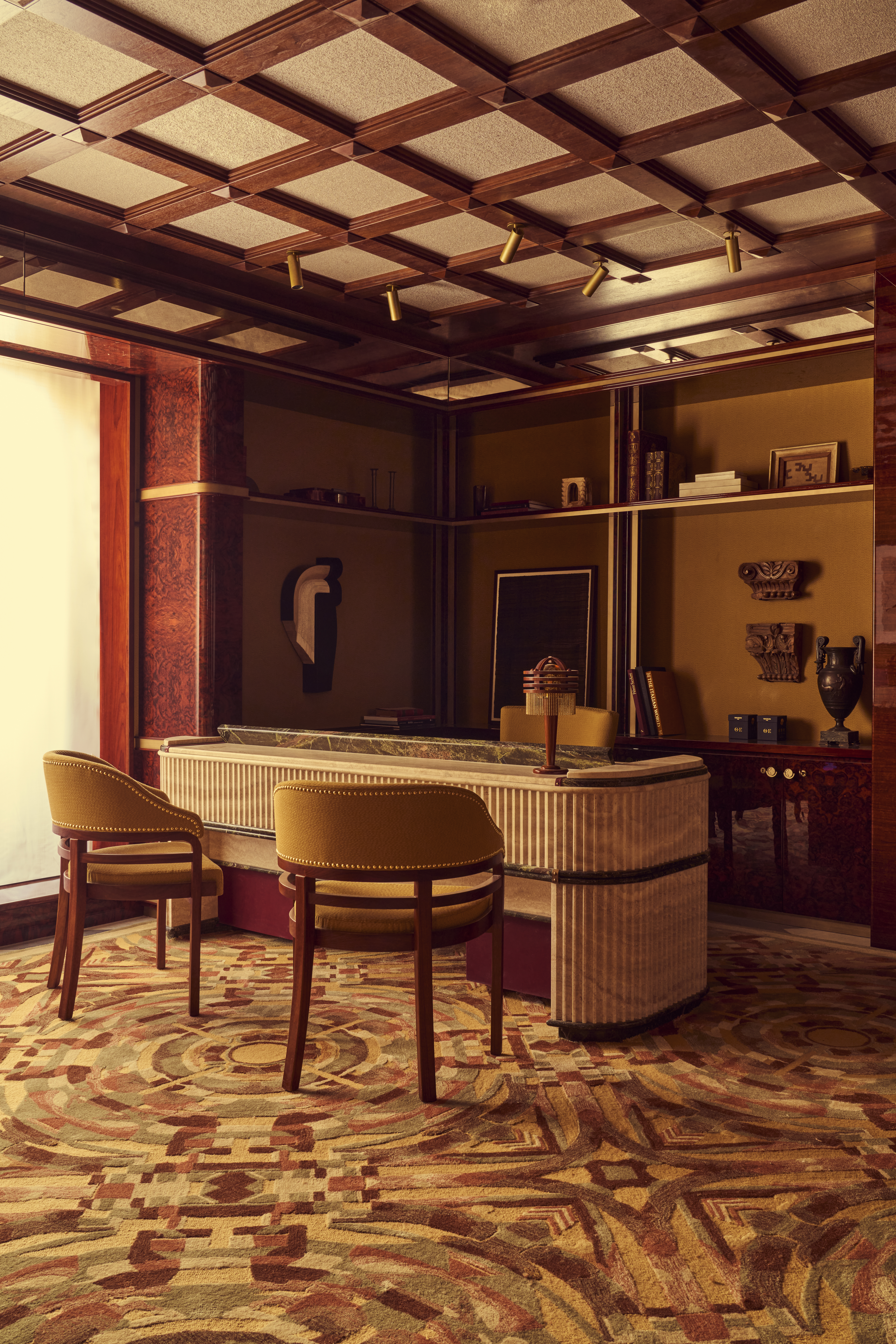
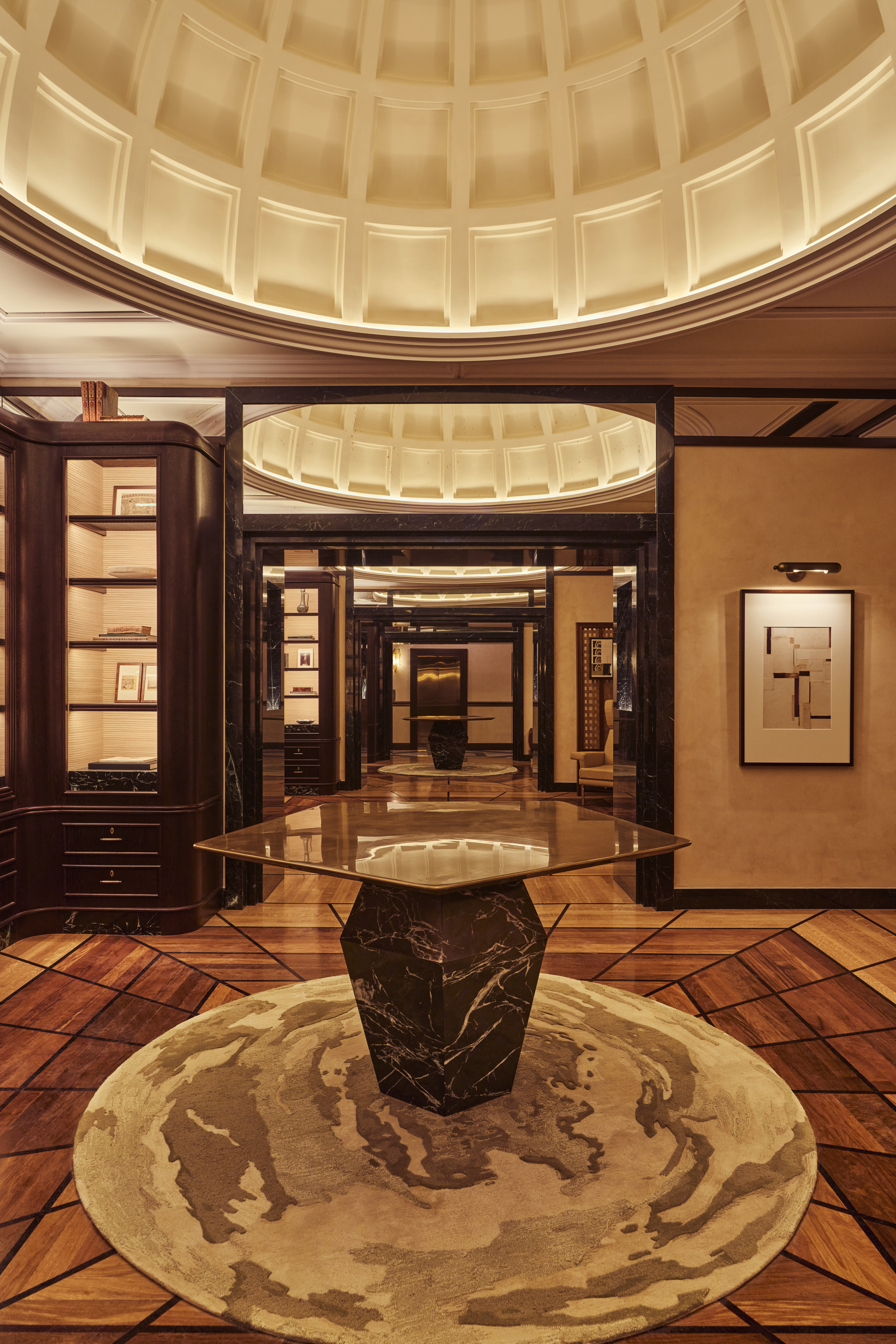
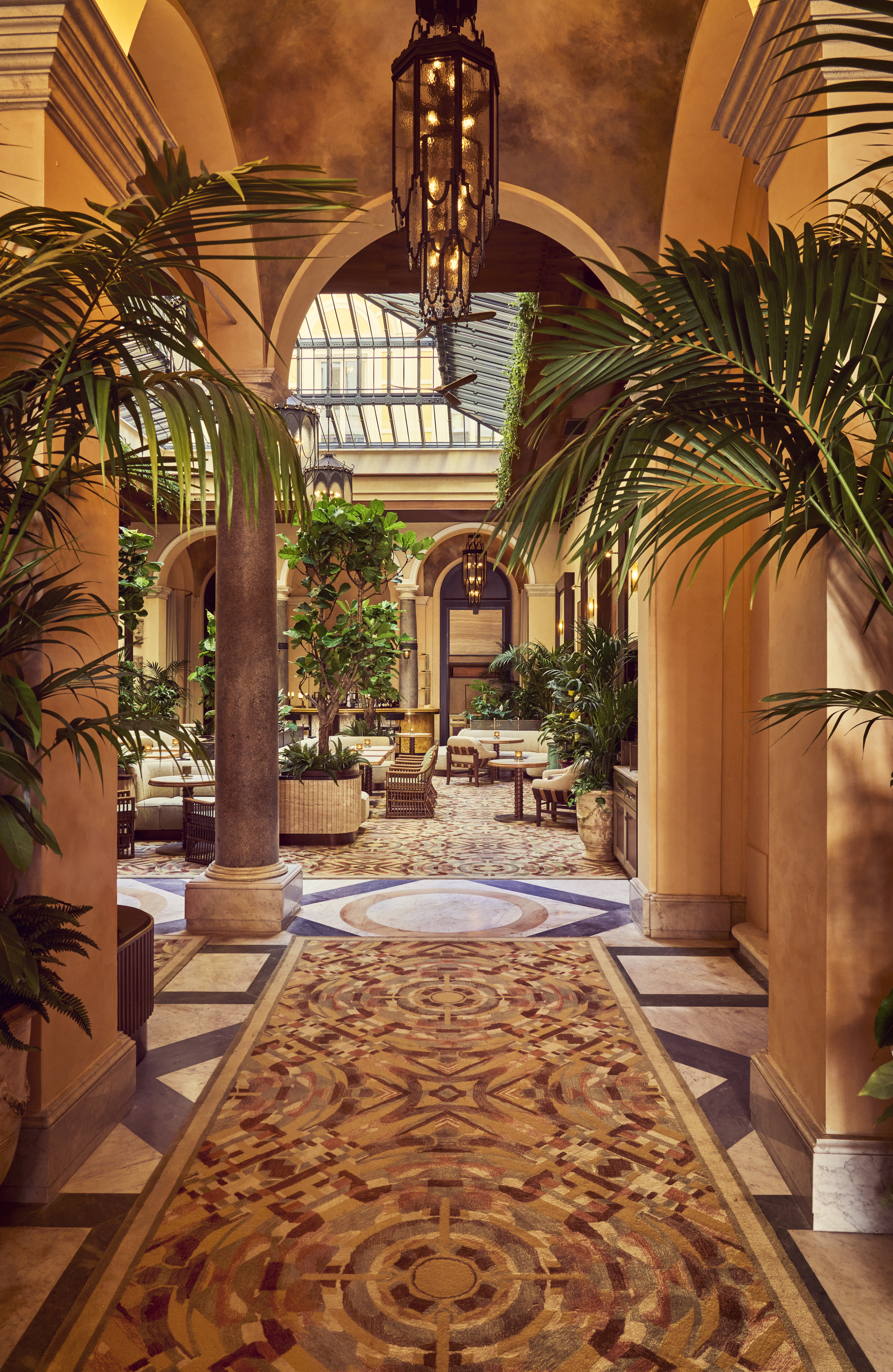
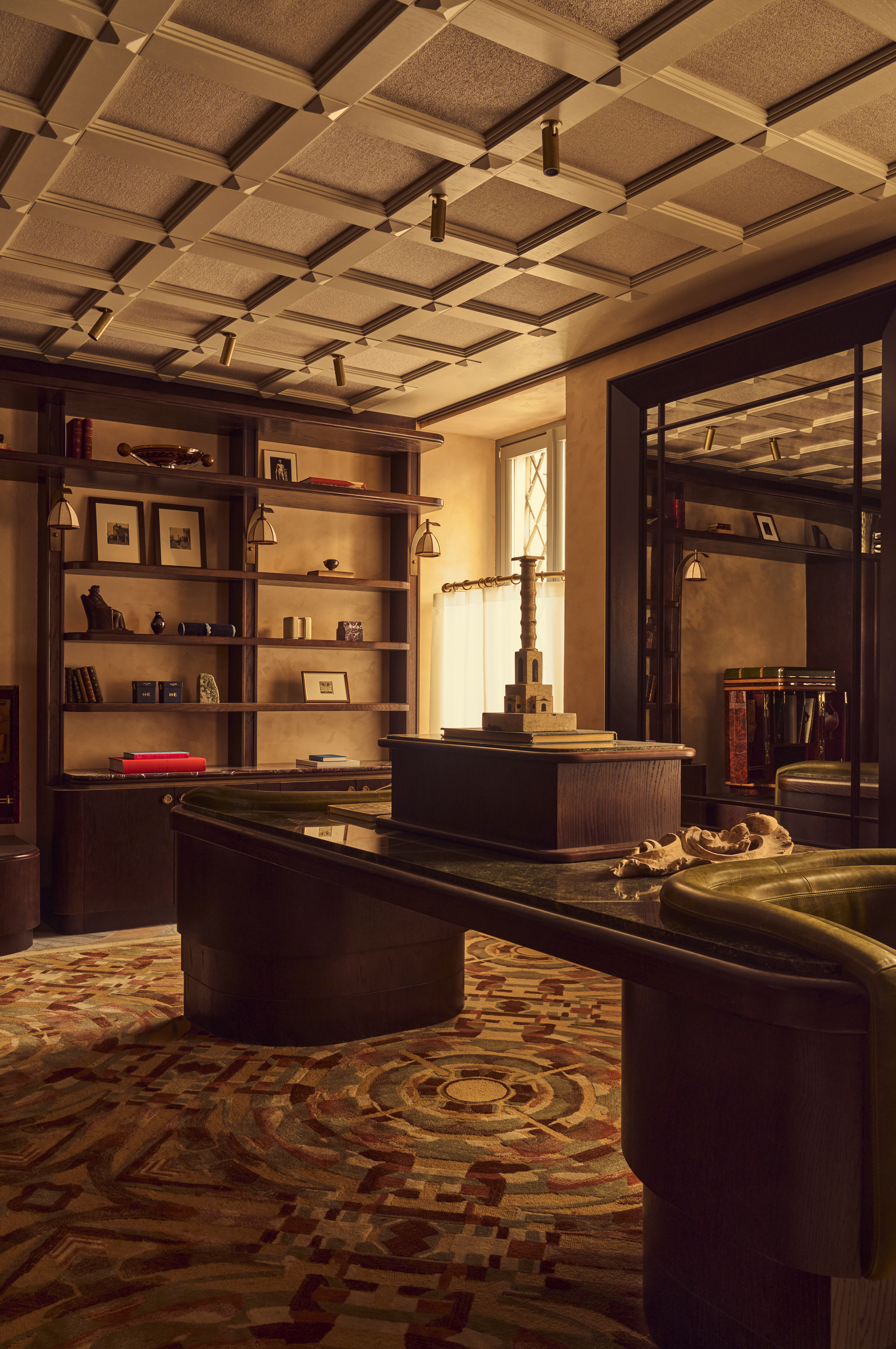
2025 // PHOTOS © ALEXANDRE TABASTE
Hôtel Minerva, Rome – Une renaissance orchestrée par Hugo Toro
Situé à quelques pas du Panthéon, dans le cœur historique de Rome, l’Hôtel Minerva entame un nouveau chapitre sous l’impulsion créative de Hugo Toro. L’architecte et designer signe ici une réinterprétation audacieuse d’un bâtiment emblématique du XVIIe siècle, mêlant avec délicatesse héritage, narration contemporaine et sens du détail.
À travers ce projet, Hugo Toro poursuit une démarche qui lui est chère : ancrer l’émotion dans l’espace. Inspiré par l’histoire foisonnante du lieu, il imagine une scénographie intérieure où les volumes dialoguent avec les siècles. Les murs portent encore les empreintes du passé, mais la lumière, les matières et les lignes racontent désormais une Rome réinventée. L’Hôtel Minerva devient un décor vivant, habité, presque théâtral, dans lequel chaque pièce invite à la contemplation.
L’esthétique développée par Hugo Toro puise autant dans la grandeur de l’Antiquité que dans l’imaginaire cinématographique. Il y insuffle une douceur très personnelle, avec des palettes chaudes, des textures patinées et un mobilier sur-mesure conçu comme des pièces de collection. Les fresques d’origine sont conservées ou réinterprétées, les sols en marbre s’harmonisent avec des étoffes précieuses, et l’on perçoit en filigrane une influence discrète mais assumée de l’univers de l’Orient Express — une élégance intemporelle, presque flottante, où chaque espace semble suspendu entre deux époques.
Plus qu’une rénovation, c’est une sublimation du lieu que propose Hugo Toro : il réveille les âmes endormies de l’hôtel tout en insufflant une vision résolument contemporaine de l’hospitalité. L’Hôtel Minerva devient ainsi un manifeste de son langage singulier — à la fois raffiné, narratif et profondément incarné.
Hotel Minerva, Rome – A Renaissance Orchestrated by Hugo Toro
Located just steps from the Pantheon in the historic heart of Rome, Hotel Minerva embarks on a new chapter under the creative direction of Hugo Toro. The architect and designer offers a bold reinterpretation of this emblematic 17th-century building, delicately blending heritage, contemporary storytelling, and a refined attention to detail.
In this project, Hugo Toro continues a guiding principle of his work: anchoring emotion within space. Inspired by the site’s rich history, he envisions an interior scenography where volumes converse with the centuries. The walls still carry traces of the past, but light, materials, and lines now tell the story of a reimagined Rome. Hotel Minerva becomes a living, inhabited, almost theatrical setting, where every room invites quiet contemplation.
Hugo Toro’s aesthetic draws as much from the grandeur of Antiquity as from a cinematic imagination. He infuses the space with a deeply personal softness—warm palettes, patinated textures, and bespoke furniture conceived as collectible pieces. Original frescoes are preserved or reinterpreted, marble floors harmonize with precious fabrics, and a subtle yet deliberate influence of the Orient Express world runs throughout—a timeless, almost weightless elegance, where each space seems suspended between eras.
More than a renovation, Hugo Toro offers a sublimation of the space: awakening the sleeping soul of the hotel while instilling a resolutely contemporary vision of hospitality. Hotel Minerva thus becomes a manifesto of his singular language—refined, narrative, and deeply embodied.








